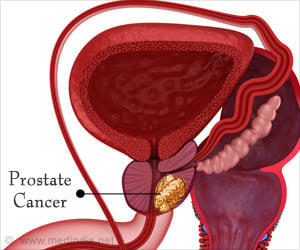A survey commissioned by Cancer Research UK to mark Sun Awareness Week found that the high death rate that is associated with melanoma is making it the most dangerous form of skin cancer.
According to the figures that were released, the male deaths in Britain from melanoma skin cancer have risen 31% in the past decade to more than 1,000 a year. It showed that fewer men than women are diagnosed with melanoma but more die of the illness because it is usually detected later, when it is more advanced. They said that if diagnosed early the treatment is usually successful.Dr Catherine Harwood, of the charity Cancer Research UK which published the figures felt that men seem to be generally less aware of mole changes than women and as a result they only present themselves to a GP when the melanoma is already quite thick.
Skin cancer is caused by over-exposure to the ultraviolet light from the sun. Malignant melanoma is the most dangerous and the most rare of the three forms. It accounts for roughly 10% of reported cases of skin cancer and can spread throughout the body to form secondary tumours. Basal cell carcinoma is the most common type of the disease but is rarely life threatening. Squamous cell carcinoma spreads less rapidly and causes fewer deaths than melanoma. Melanoma and other skin cancers are strongly linked to sun exposure and particularly to sun burning in children and young adults. The disease may then take years to develop.
Statistics show that around 1,800 people a year die from melanoma, and over 1,000 are men. Overall 8,000 people are diagnosed with melanoma, about 4,500 women and 3,500 men. The survey also shows that about 65,000 skin cancers are diagnosed each year. Of these, 70- 80 per cent are basal cell cancers and 20 to 30 per cent are squamous cell cancers. Total deaths from these are about 500 a year, mostly from squamous cell cancer.
Sara Hiom, of Cancer Research UK, has said that people who work outside and especially those whose faces, arms and legs are constantly exposed to sun are more likely to be diagnosed with non-melanoma skin cancer. She explained that though this is far more common and less dangerous than melanoma it is important to have it treated as soon as possible.
Explaining that skin cancer can grow from a mole, freckle or a normal patch of skin, she said that if people notice any changes in size, shape or colour, that happen over weeks or months, they should see their doctor without delay. Almost 70% of the men questioned in the survey felt that they were not at risk of skin cancer although one third of them admitted they had suffered from sunburn. The poll also showed that men under 24 years old and over 65 were the least likely to visit a doctor if they discovered changes or a new mole.
Advertisement











